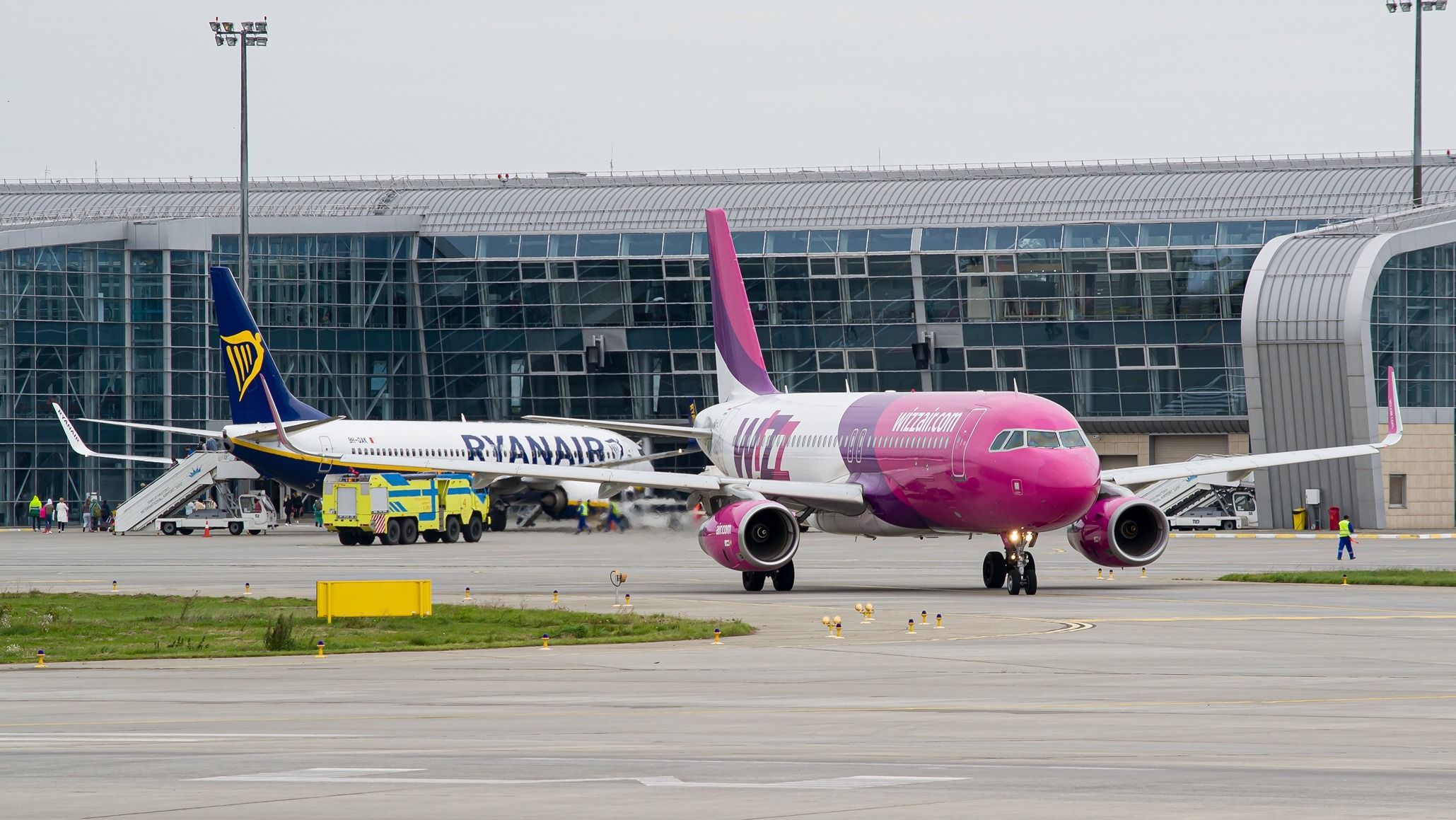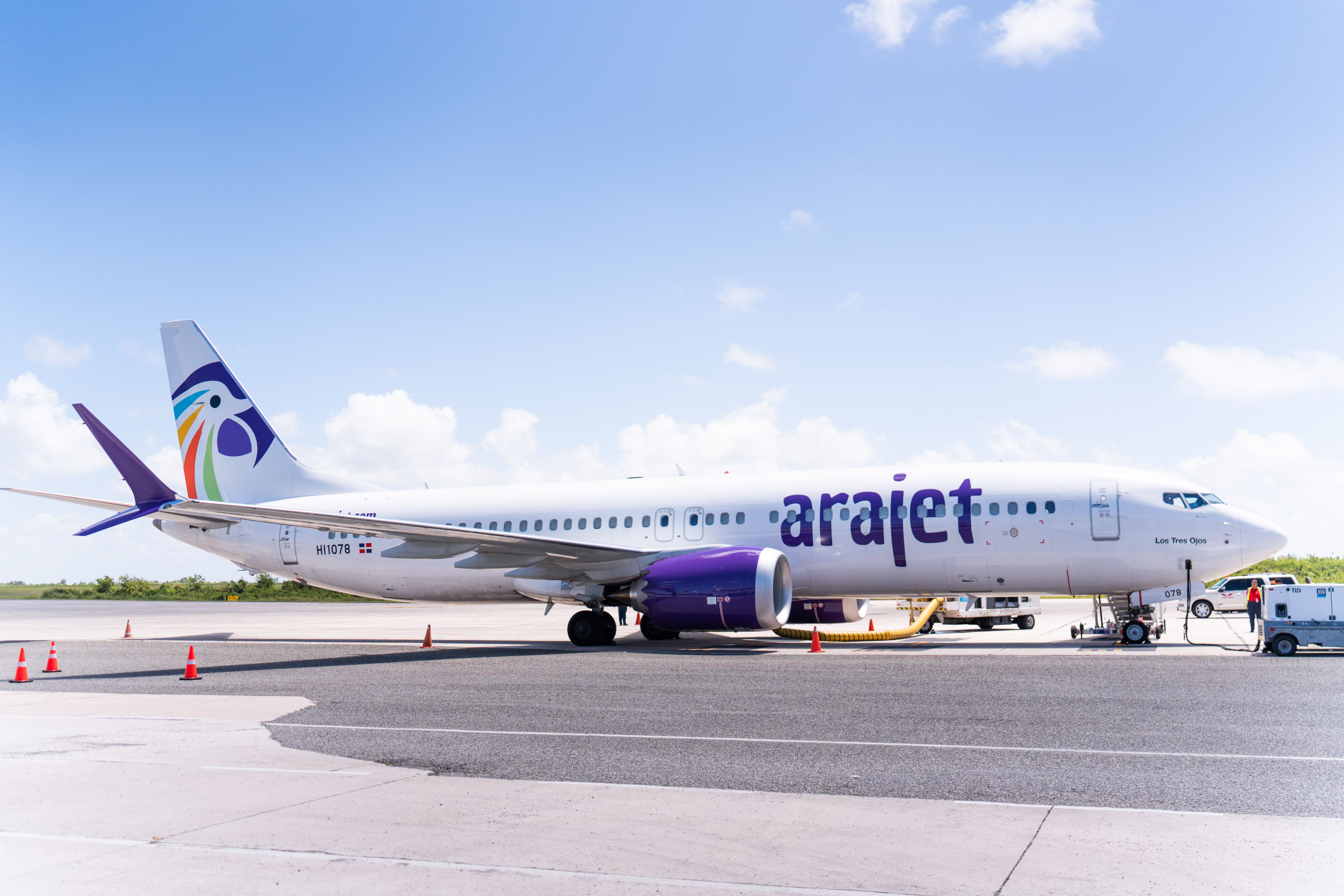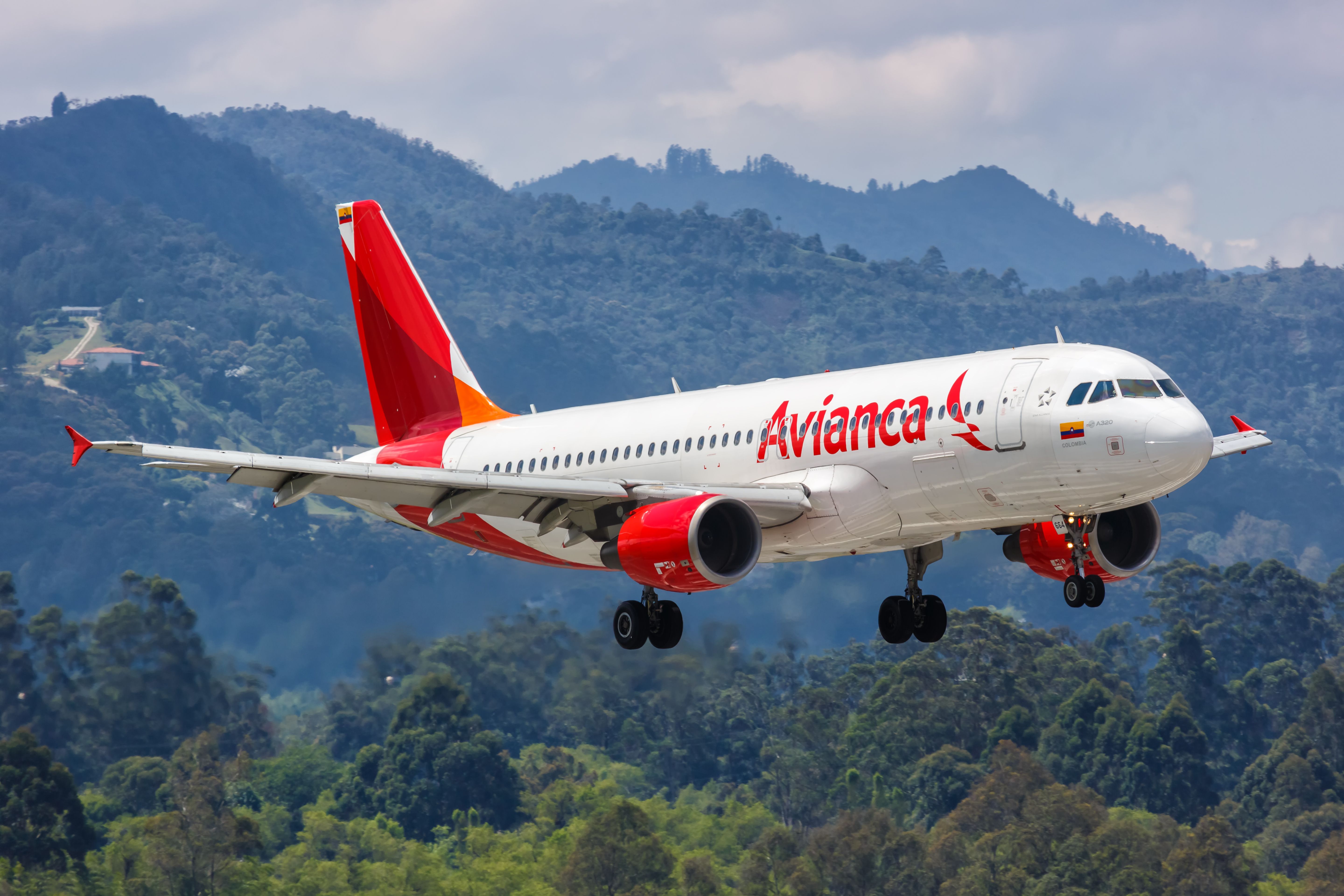Summary
- Both Airbus A320 and Boeing 737 offer similar operational reliability and maintenance costs.
- A320 benefits from advanced design, while 737 leverages infrastructure and pilot availability.
- A320’s newer technology vs 737’s classic design impacts maintenance costs over time.
The two narrowbody jets, the Airbus A230 family and the Boeing 737, are among the most produced aircraft in the history of aviation. With over 10,000 examples (across all variants) of each produced, there is plenty of discussion about whether one is better than the other. In terms of fuel efficiency, both aircraft families are comparable based on the flight sector and operational conditions. This article highlights the operational reliability of both aircraft families.
The Boeing 737
|
Boeing 737 models |
Aircraft variants |
|---|---|
|
Original Generation |
Boeing 737-100 and 737-200 |
|
Classic Generation |
Boeing 737-300, 737-400, and 737-500 |
|
Next Generation (NG) |
Boeing 737-600, 737-700, 737-800, and 737-900ER |
|
MAX Generation |
Boeing 737 MAX 7, 737 MAX 8, 737 MAX 9, and 737 MAX 10 |
The aircraft’s operational reliability depends on its on-time performance, the reliability of the engines, and the cost of maintenance. It is known that Boeing 737 was well ahead in the narrowbody game when the Airbus A320 entered the market. This means the global infrastructure supporting the former is much stronger than the latter. The on-time performance is based on both the readiness of the aircraft and the crew.
The wider availability of 737 pilots around the world increases the profitability for the operators. Boeing claims that the commonality between all variants of the 737 significantly eases operations and maintenance. The 737 provides over 7% lower operating costs on average than the competition. Comparing the maintenance cost of the latest variants, the 737 MAX and the A320neo,
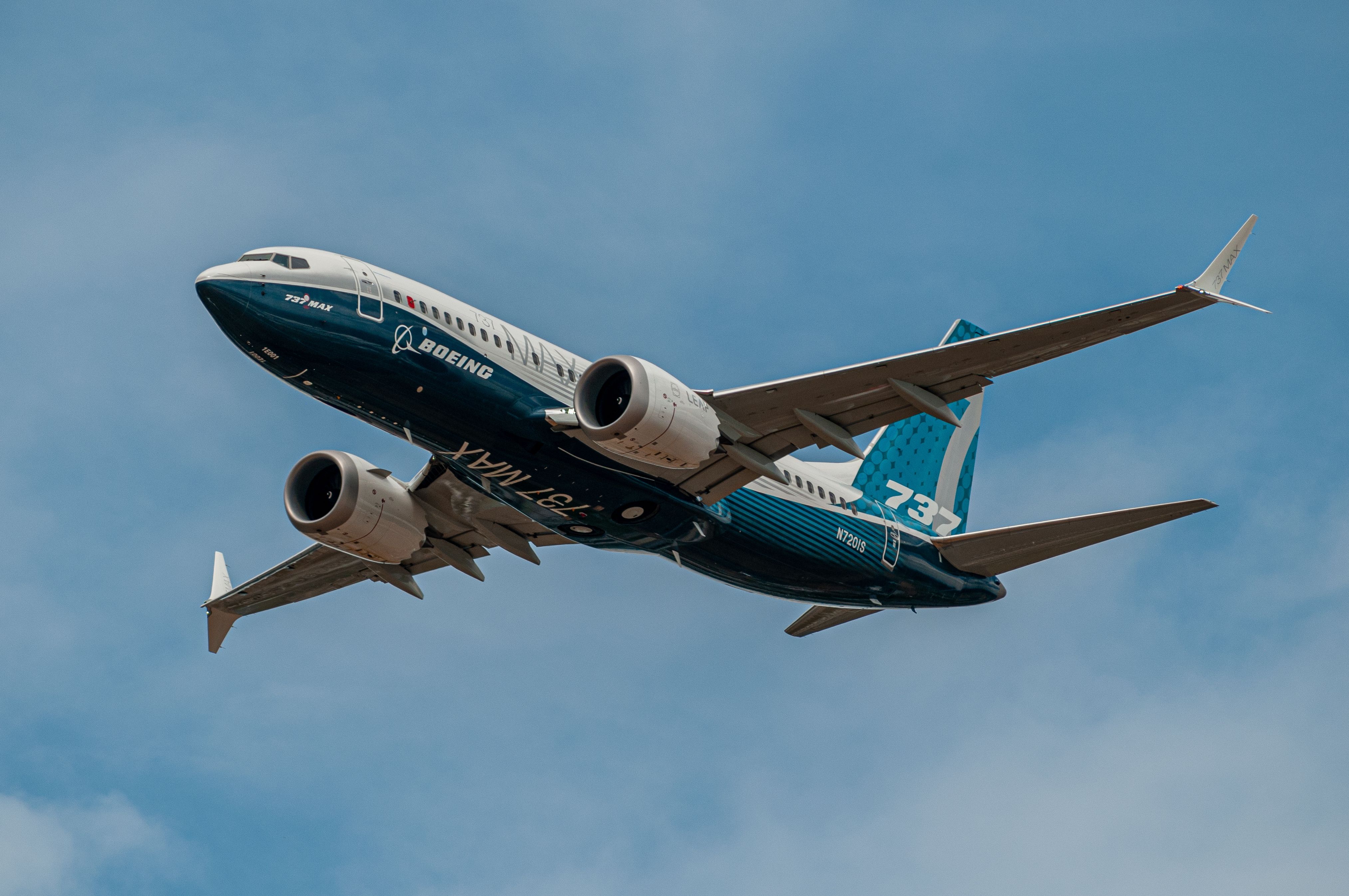
Related
The Airbus A320neo Vs Boeing 737 MAX – Which Plane Is Best?
Comparing the two flagship narrowbodies from Airbus and Boeing.
Boeing states,
The Boeing 737 MAX offers up to 14% lower airframe maintenance than the A320neo.
Boeing also claims that the 737 MAX spends significantly less time in the hangar compared to the A320. Whether it is turnaround checks or more detailed maintenance checks, the 737 MAX spends fewer days out of service and requires less frequent checks than its Airbus counterpart. Moreover, a simpler “old-school” design philosophy inherited from the early 737s requires fewer man-hours during a maintenance check.
Photo: Arajet
According to Boeing Commercial Airplanes,
“The 737 MAX family delivers enhanced efficiency, improved environmental performance and increased passenger comfort to the single-aisle market. Incorporating advanced technology winglets and efficient engines, the 737 MAX family offers excellent economics, reducing fuel use and emissions by 20 percent while producing a 50 percent smaller noise footprint than the airplanes it replaces. Additionally, 737 MAX family offers up to 14 percent lower airframe maintenance costs than the competition.”
The Airbus A320 family
- Airbus A318
- Airbus A319
- Airbus A320-100
- Airbus A320-200
- Airbus A321-100
- Airbus A321-200
The A320 may have arrived much later on the market, but it certainly has its own benefits. The airframe is much younger, in terms of technological advancement, than the 737. The use of advanced materials provides much superior fatigue performance of the A320 airframe. The design philosophies of the two jets suggest that the Boeing 737s may have a lower maintenance cost in the aircraft’s early years; however, as the airframe ages, the A320s outweigh the airframe maintenance cost due to superior fatigue performance.
It is noteworthy that the newer 737s inherited multiple maintenance practices from the 737 Classics, which also helped lower the operating costs. The Airbus’ fly-by-wire technology optimized operations through the use of electrical wires and systems. According to Airbus,
“A320 Family aircraft have served destinations ranging from hot desert environments to icy Antarctic landing sites, flying from short urban runways and remote high-altitude airports. Utilised by the full scope of operators from low-cost carriers to the world’s mainline airlines,”
“The A320 Family is easy on the environment as well. Airbus’ latest A320neo versions feature enhanced aerodynamics and the latest-generation jet engines, resulting in significant reductions in fuel burned and lower emissions.”
Photo: Markus Mainka | Shutterstock
Airbus claims that the “Neo” series has shown its operational reliability and maturity through the years. With more than 2000 aircraft in service, it offers more than 99.7% operational reliability.

Related
The Airbus A320neo Vs Boeing 737 MAX – Which Plane Is Best?
Comparing the two flagship narrowbodies from Airbus and Boeing.
The A320 also prides itself in its larger cabin space than the Boeing 737 and the ability to hold more cargo with the standard LD3 containers. With increased profitability for operators, the aircraft can be converted into an all-cargo configuration at the end of its passenger-operation life, thereby maximizing the operational yield.
Both aircraft offer comparable operational reliability and maintenance costs. While Airbus leverages the newer and technologically-advanced design of the A320 family, Boeing enjoys the ease of infrastructure and resources to uphold the 737 program.
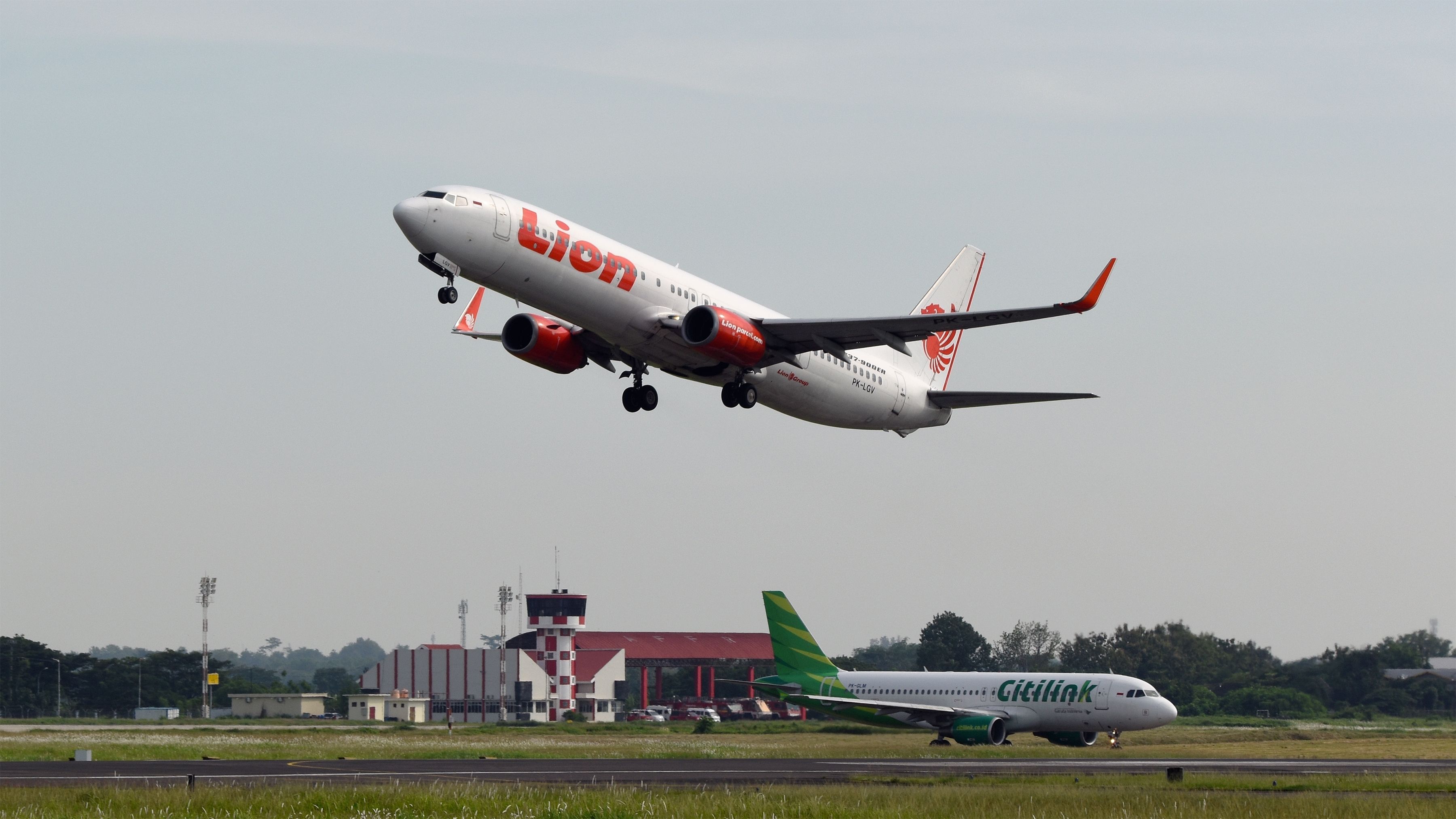
Related
Spot The Difference: How To Tell The Airbus A320 & Boeing 737 Apart
There are several ways to identify the two narrowbodies.
What are your thoughts on the operational reliability of the two popular narrowbody aircraft? Tell us in the comments section.

